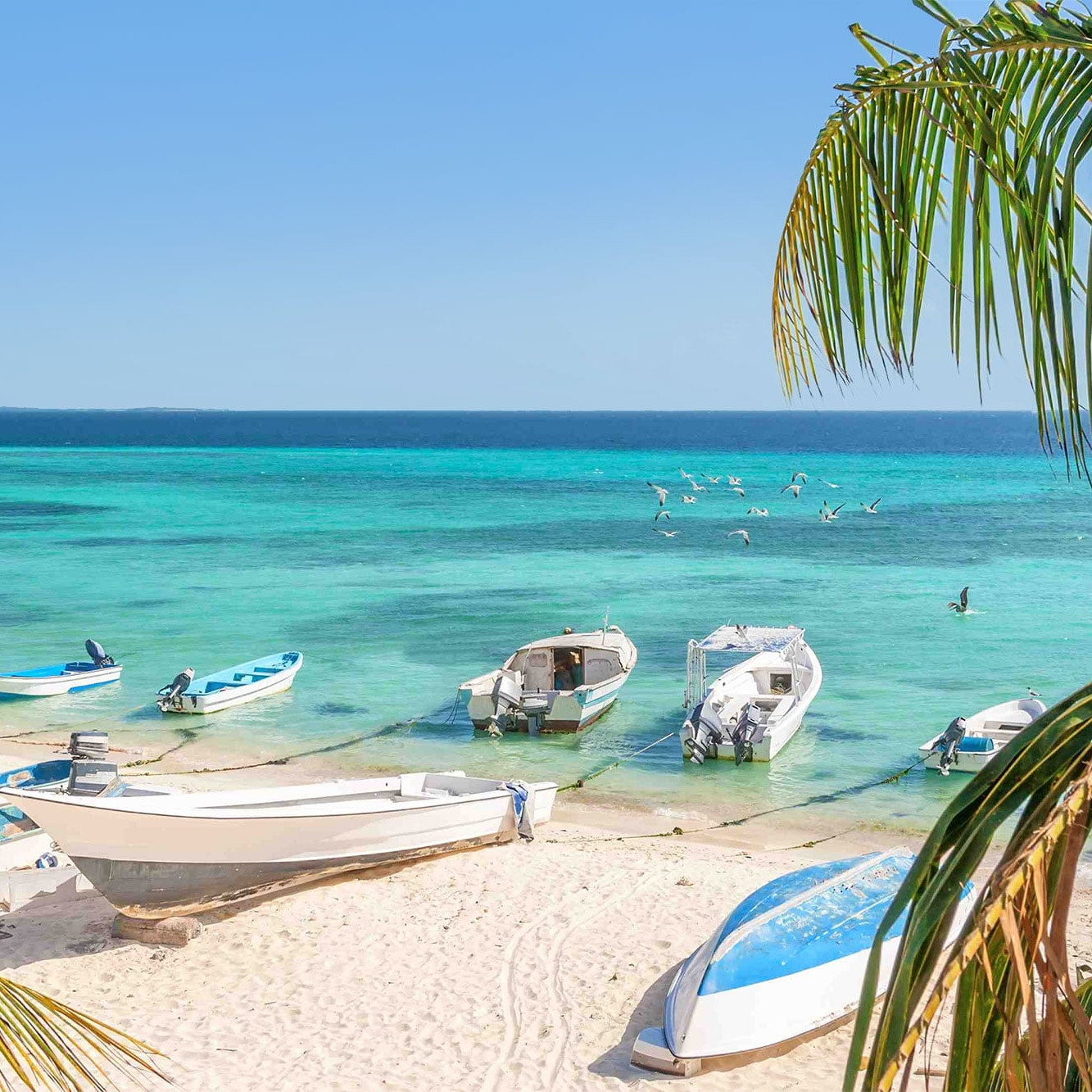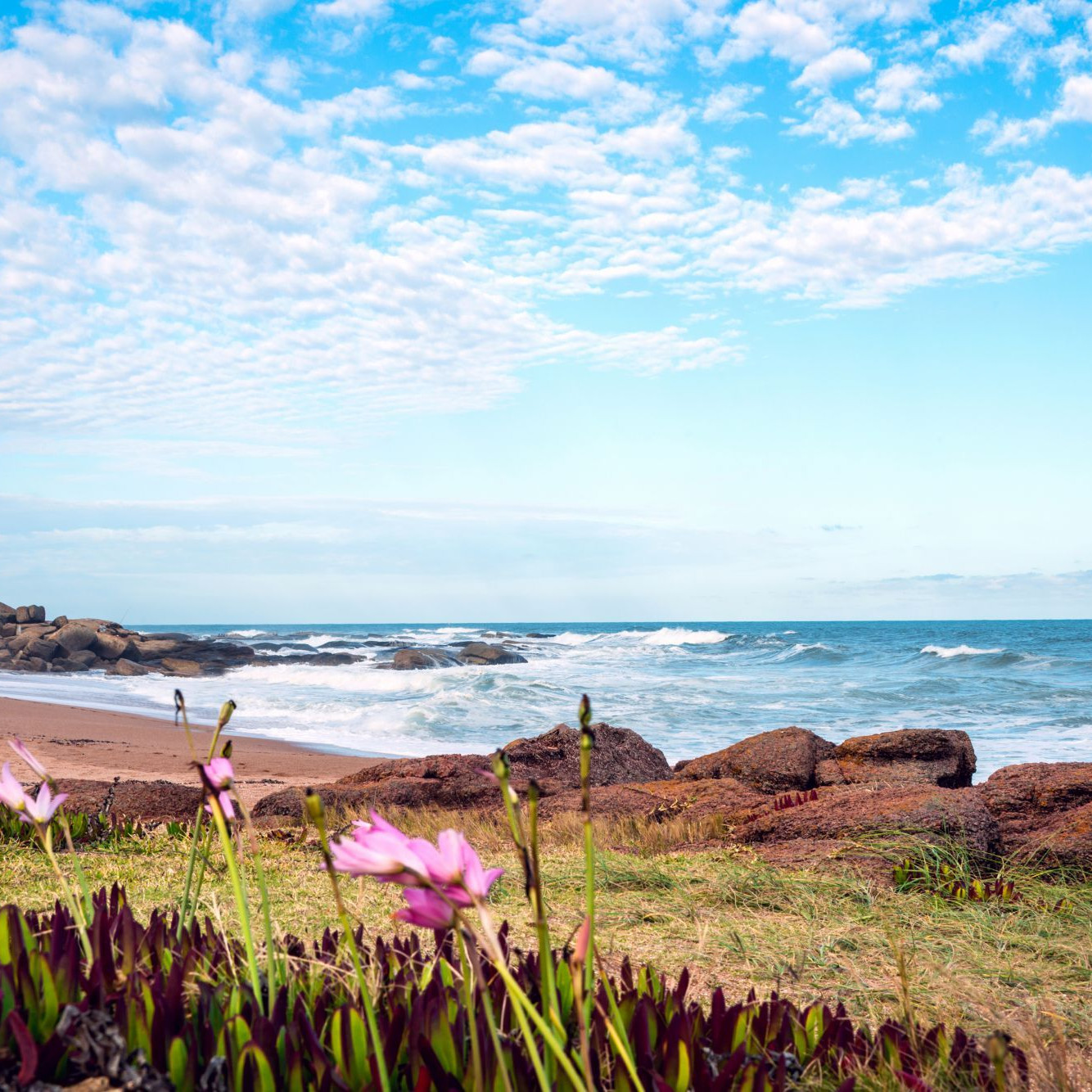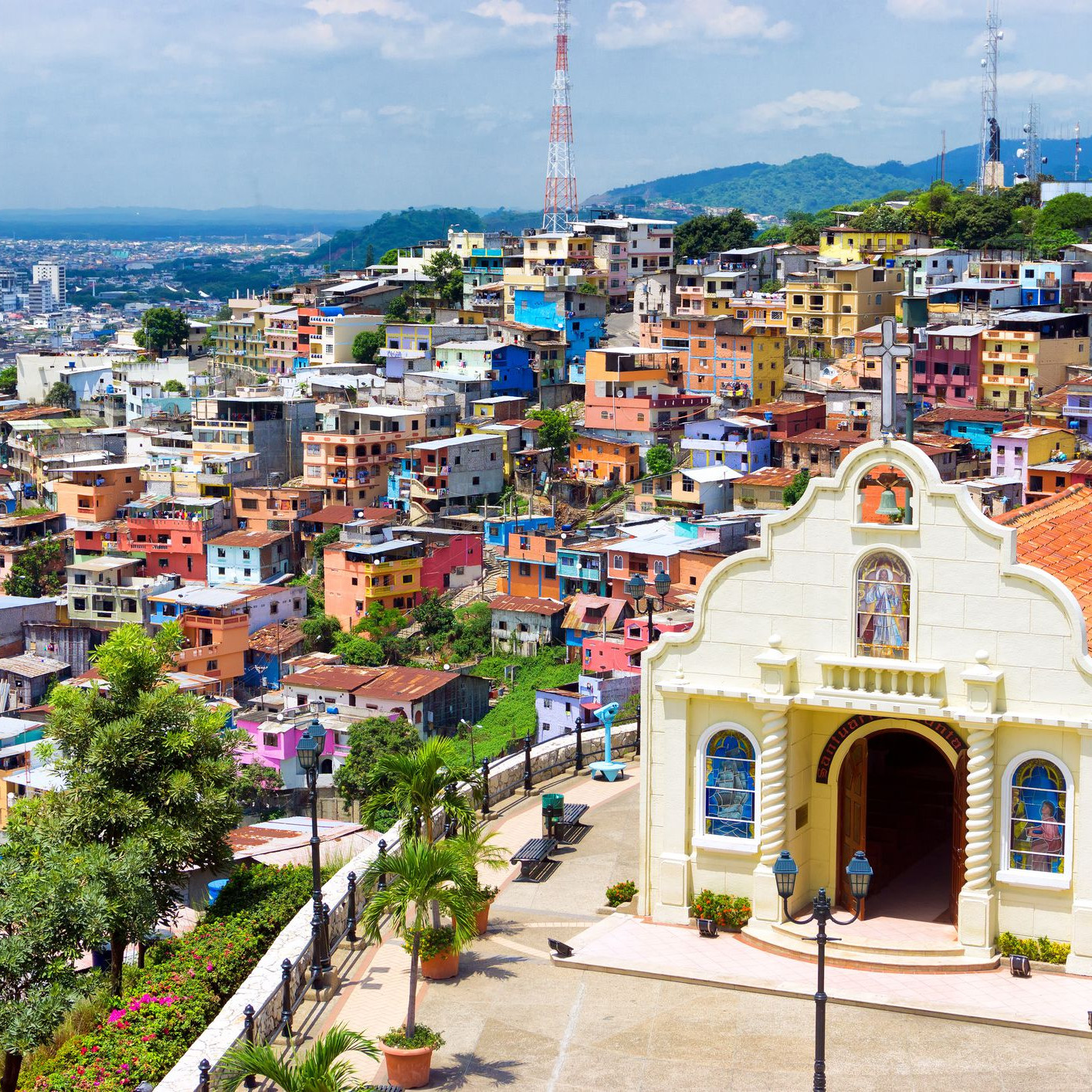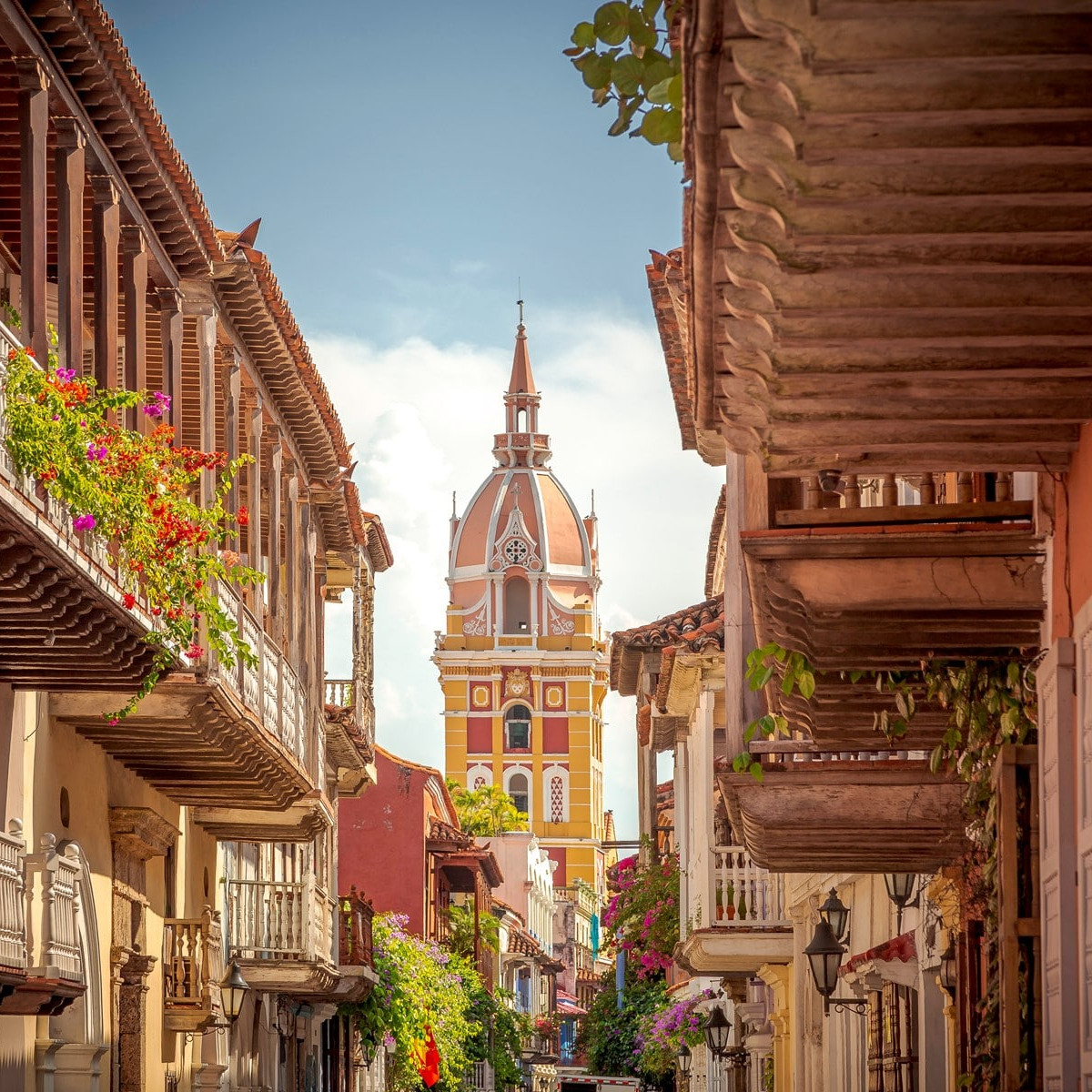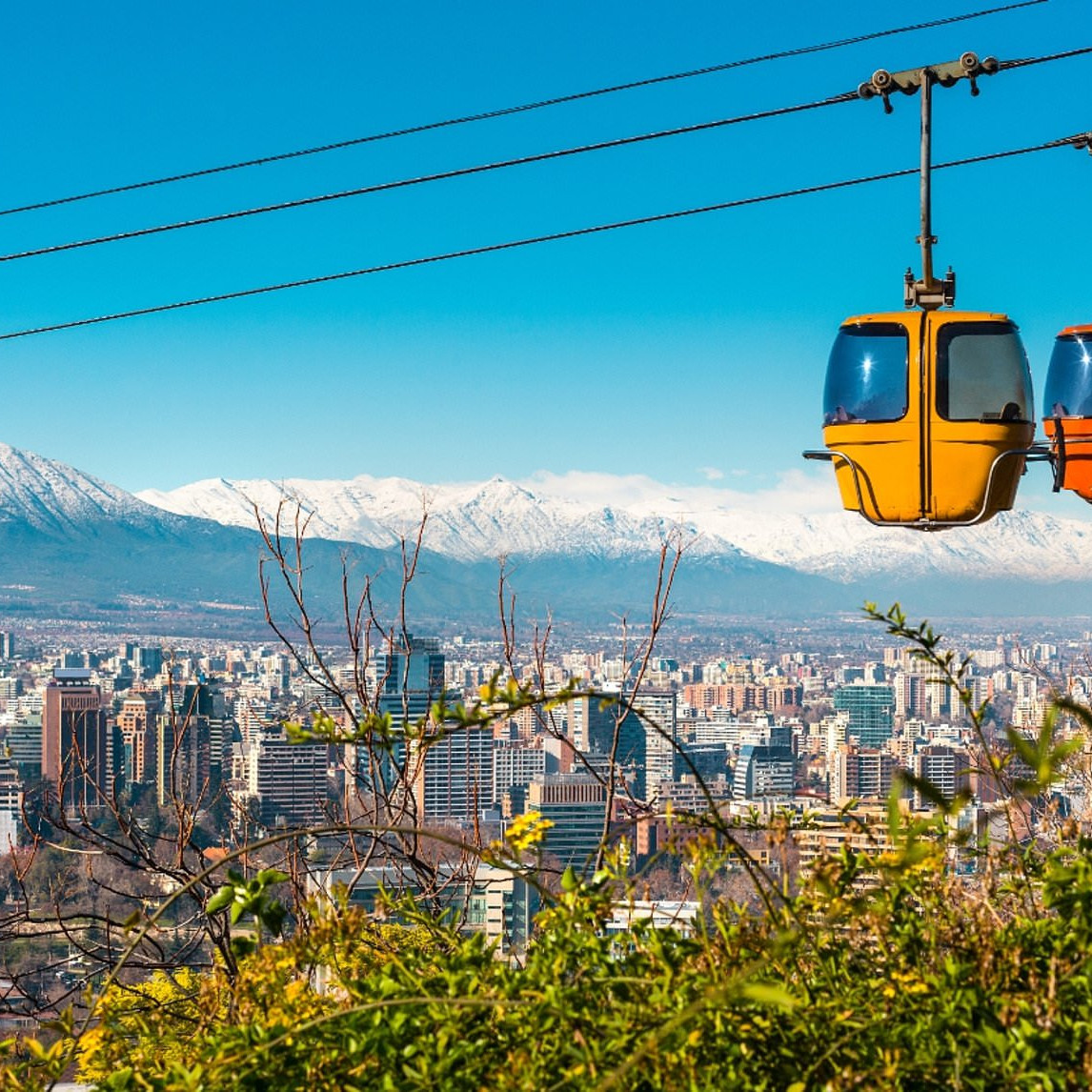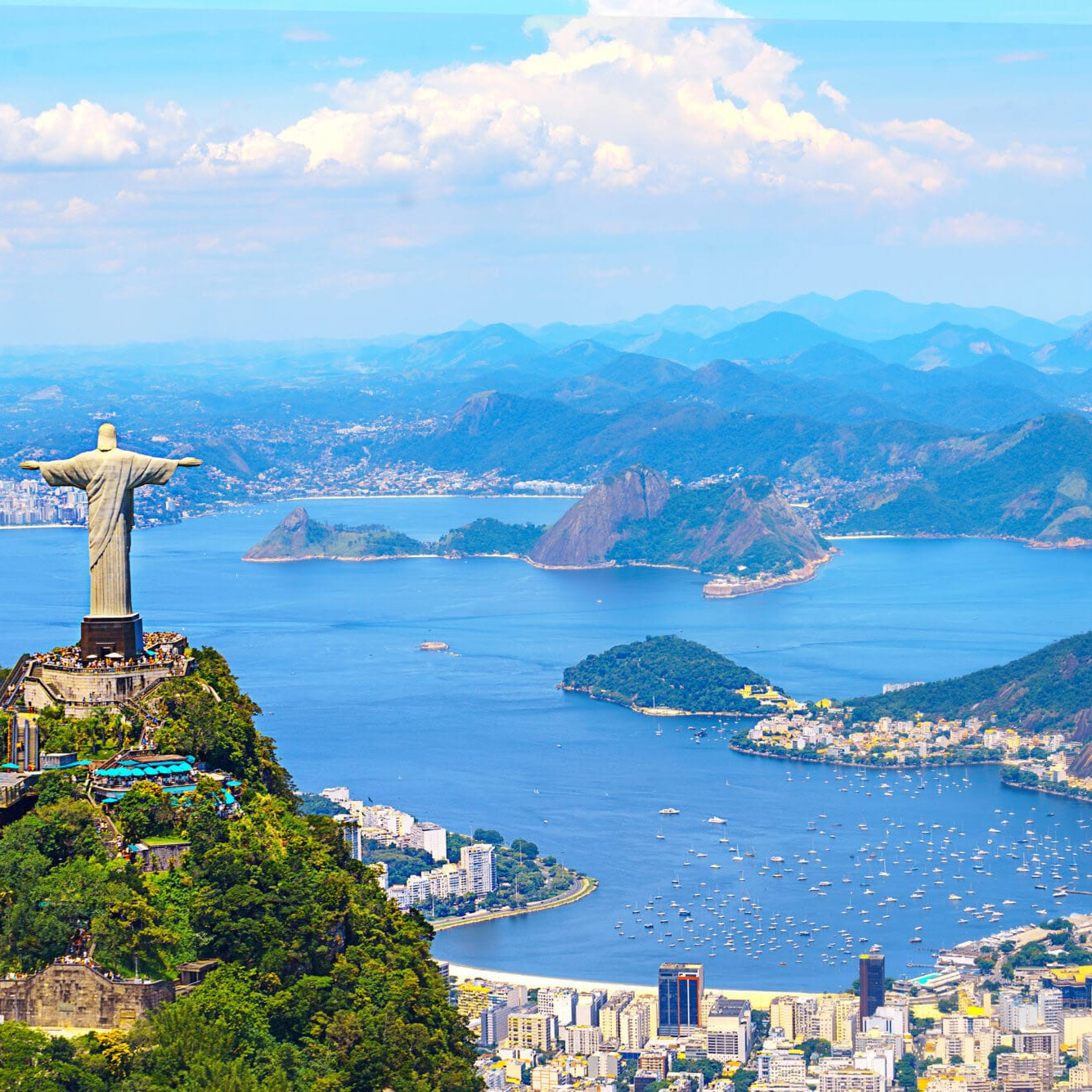Located in South America, Argentina is king in diversity of all kinds, offering a variety of attractions to please every type of traveler. The country has a wide array of natural wonders, from glaciers and mountains to breathtaking waterfalls, a vibrant and rich history and culture and a unique gastronomic scene.
Why Visit Argentina
LANDSCAPES & NATURE
Argentina is the eighth largest country in the world, and the second-largest Spanish-speaking nation in South America. The country is blessed with incredibly diverse natural wonders, offering plateaus, glaciers, snow-capped mountains and ice fields in the Andean-Patagonian region and massive waterfalls, in fact the country is home to the biggest waterfall in the world, the Iguazu falls.
CULTURE
Argentina is a mix between european, latin american and indigenous traditions and influences, giving the country an unique blend. Is known for being the birthplace of tango, believed to have originated in the early 1900’s.
WINE & FOOD
Argentina offers a memorable dine and wine scene, becoming a hot spot for foodies. Asado (The argentinian form of BBQ), is one of its famous traditions, as the country is known for its prime cut, quality beef. The country is also famous as the fifth-largest wine-producing country in the world, offering high quality and affordable Malbec, along with other wines like Bonarda, Tempranillo, Syrah, and Cabernet Sauvignon.
BUENOS AIRES
Buenos Aires, the capital of Argentina, is the continent’s most visited city. It’s known as the “Paris of the South” for its european architecture, vibrant nightlife, world-class shopping and rich historical sites. It is also famous for being a mecca for football and mouth watering gastronomic scene.
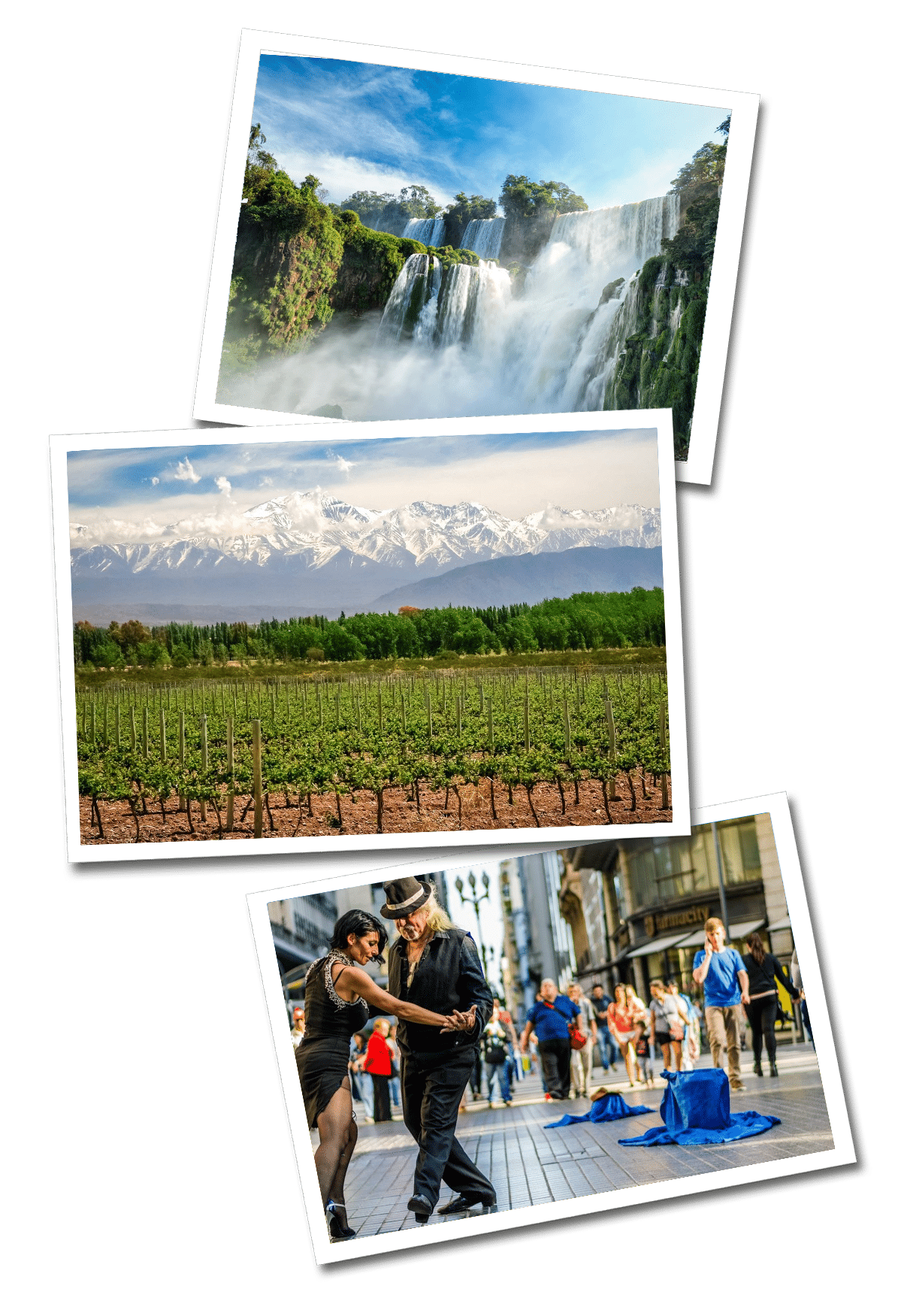
Located in South America, Argentina is king in diversity of all kinds, offering a variety of attractions to please every type of traveler. The country has a wide array of natural wonders, from glaciers and mountains to breathtaking waterfalls, a vibrant and rich history and culture and a unique gastronomic scene.

Why Visit Argentina
LANDSCAPES & NATURE
Argentina is the eighth largest country in the world, and the second-largest Spanish-speaking nation in South America. The country is blessed with incredibly diverse natural wonders, offering plateaus, glaciers, snow-capped mountains and ice fields in the Andean-Patagonian region and massive waterfalls, in fact the country is home to the biggest waterfall in the world, the Iguazu falls.
CULTURE
Argentina is a mix between european, latin american and indigenous traditions and influences, giving the country an unique blend. Is known for being the birthplace of tango, believed to have originated in the early 1900’s.
WINE & FOOD
Argentina offers a memorable dine and wine scene, becoming a hot spot for foodies. Asado (The argentinian form of BBQ), is one of its famous traditions, as the country is known for its prime cut, quality beef. The country is also famous as the fifth-largest wine-producing country in the world, offering high quality and affordable Malbec, along with other wines like Bonarda, Tempranillo, Syrah, and Cabernet Sauvignon.
BUENOS AIRES
Buenos Aires, the capital of Argentina, is the continent’s most visited city. It’s known as the “Paris of the South” for its european architecture, vibrant nightlife, world-class shopping and rich historical sites. It is also famous for being a mecca for football and mouth watering gastronomic scene.
- Name: Argentine Republic
- Capital: Buenos Aires
- Official Languages: Spanish
- Currency: Peso
- Time Zone: UTC−3
- Name: Argentine Republic
- Capital: Buenos Aires
- Official Languages: Spanish
- Currency: Peso
- Time Zone: UTC−3
Bucket List
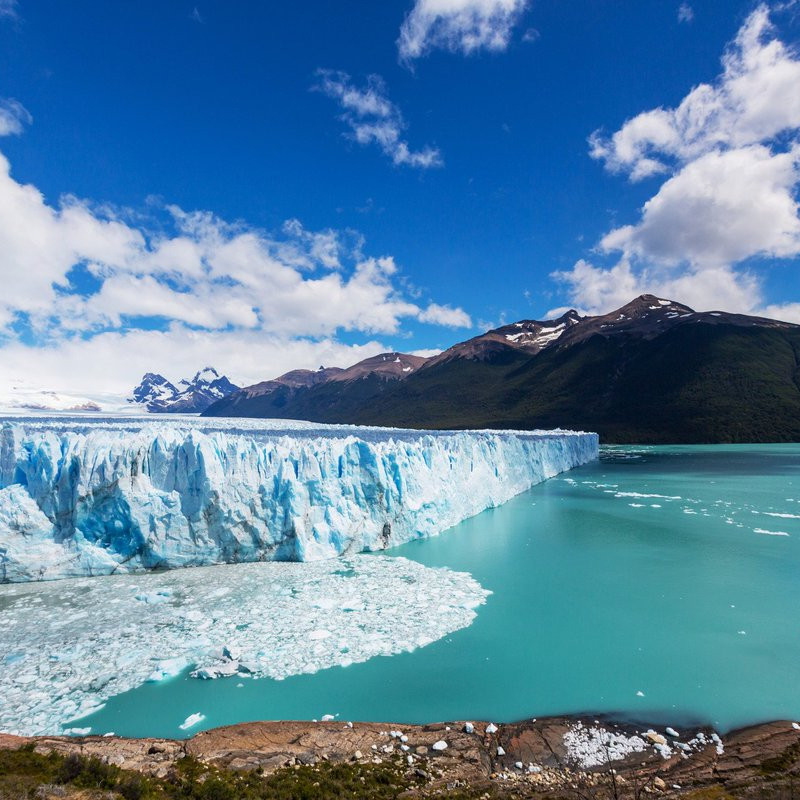
Explore Los Glaciares National Park

Try an argentinian “Asado”
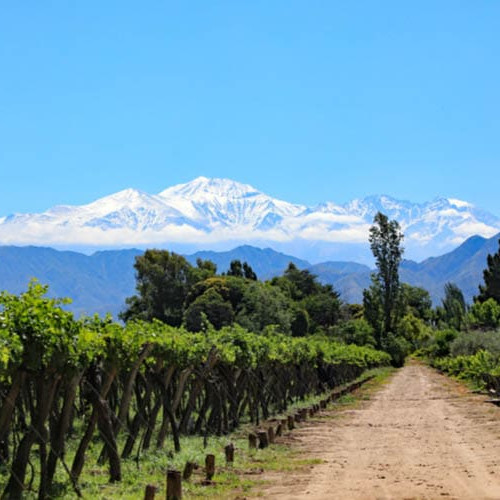
Visit the wineries in Mendoza and try their Malbec

Spot some tango dancers in Buenos Aires
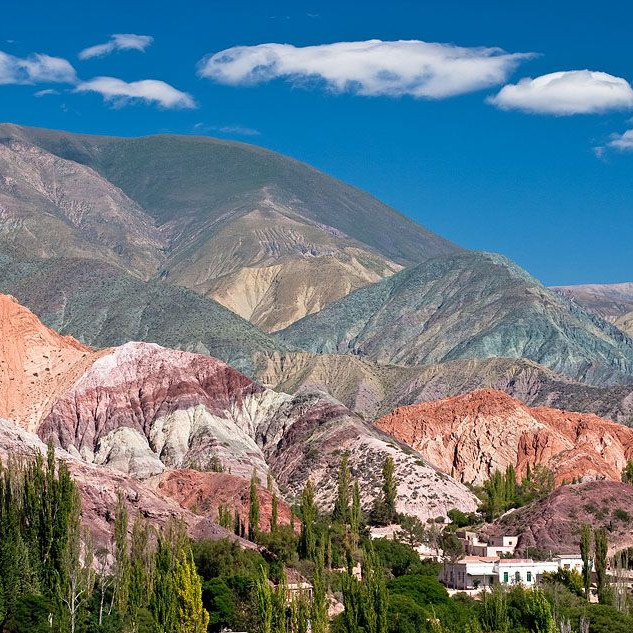
Visit the hill of the 7 colors in Purmamarca
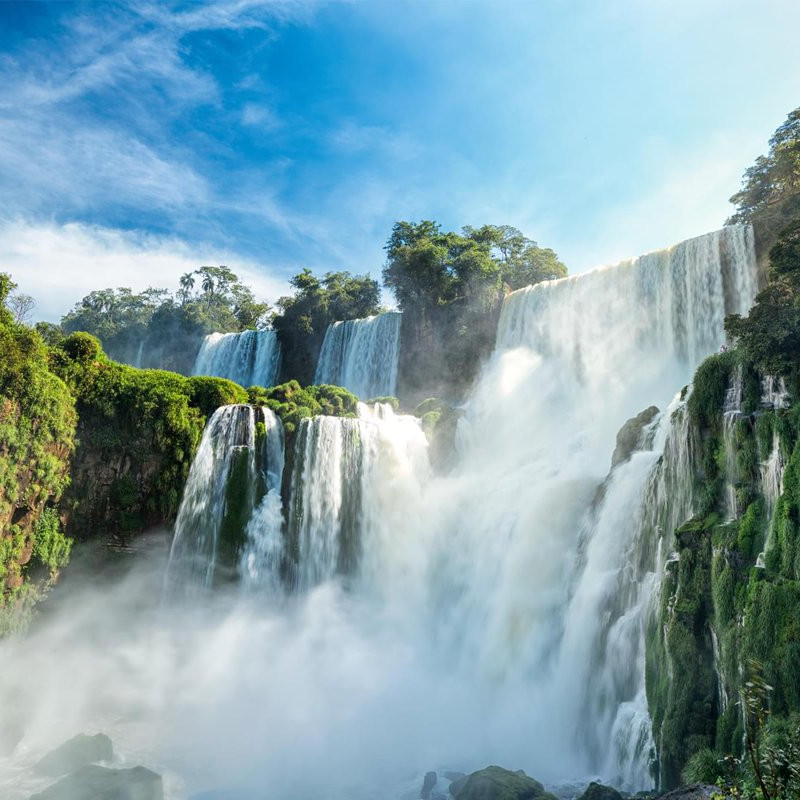
Experience the Iguazu Falls
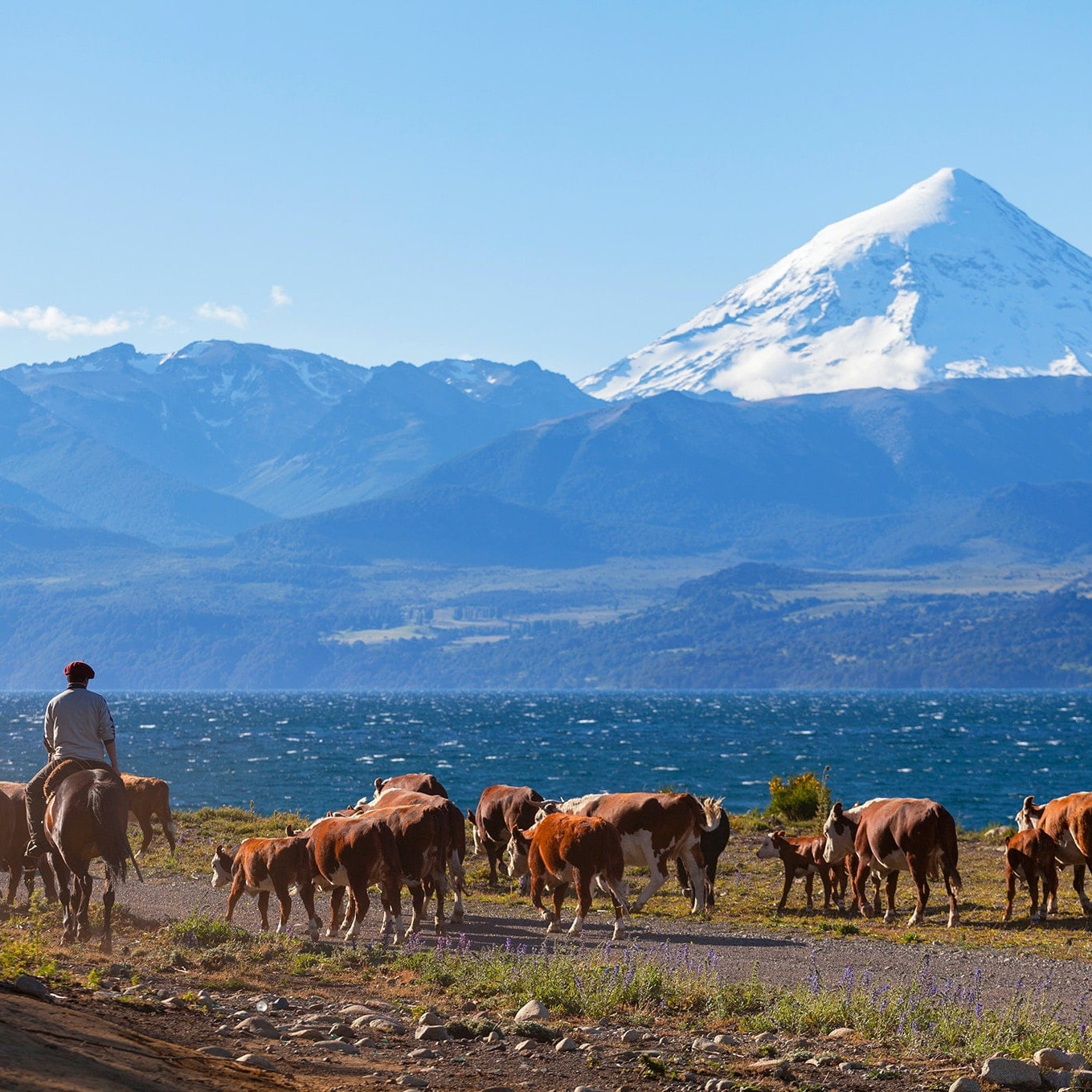
Meet some Gauchos

Go to a game of Boca Juniors or River
What to expect
LANGUAGE
The official language spoken in Argentina is Spanish. Spanish is widely spoken throughout the country, including in southern Argentina. However, due to the diverse cultural influences in the region, you may also encounter indigenous languages, such as Mapudungun or Tehuelche, in certain areas. English is commonly understood in tourist areas and major cities, but it’s always helpful to learn a few basic Spanish phrases to enhance your travel experience.
ELECTRICITY
In Argentina the standard voltage is 220 V and the frequency is 50 Hz. That’s the standard voltage in UK, Europe, Australia and most of Asia and Africa.
CURRENCY
The Argentinian peso is the official currency in Argentina. Foreign currencies, like dollars and euros, might be accepted at tourist attractions and hotels, but they won’t be accepted at other establishments. Credit cards are widely accepted, and you can exchange your money at any bank or withdraw directly from the ATM. Cash is recommended, especially if you are out of Buenos Aires. 1 USD equals 98 pesos (as of 2023)
CLIMATE
Argentina experiences a diverse range of climates due to its vast size and varying geography. The country extends from the subtropical regions in the north to the subantarctic regions in the south. The climate varies from tropical in the north to temperate in the central regions and colder in the southern areas. The best time to visit depends on the specific region. The northwest has a dry and mild climate, while the southern regions, such as Patagonia, experience cold winters and mild summers.
SAFETY
Argentina is generally considered a safe country for tourists. However, it’s always important to exercise caution and common sense. Like in any other destination, be aware of your surroundings, especially in crowded areas and public transportation. Take precautions to safeguard your belongings and avoid displaying expensive items.
How to get around Argentina
- Domestic Flights: Argentina has a well-developed domestic flight network, making air travel a convenient option for covering long distances. Major cities like Buenos Aires, Córdoba, Mendoza, and Bariloche have airports with regular flights connecting them to various destinations within the country.
- Buses: Buses are a popular and extensive mode of transportation in Argentina. The country has a vast network of bus routes that connect cities, towns, and even remote areas. There are different classes of buses available, ranging from budget to semi-cama and cama (with reclining seats). Long-distance buses are comfortable, affordable, and provide a cost-effective way to explore the country.
- Trains: Argentina has a limited but improving train network. The most popular train route is the Tren a las Nubes (Train to the Clouds) in Salta, which offers a scenic journey through the Andean highlands. Additionally, there are suburban train services in Buenos Aires and some regional train lines in other parts of the country.
- Car Rental: Renting a car provides flexibility and independence, especially if you plan to explore remote areas or scenic routes. Rental car agencies can be found at major airports and cities. However, be aware of driving regulations, road conditions, and parking availability.
- Metro and Local Transport: Buenos Aires has an extensive metro system known as the Subte, which is a convenient way to navigate the city. The Subte connects various neighborhoods and important landmarks. In addition to the metro, Buenos Aires also has an extensive bus network, known as Colectivos, which is an affordable way to get around the city. Other major cities in Argentina also have local bus systems.
- Taxis and Rideshares: Taxis are widely available in cities and towns throughout Argentina. They are usually metered, and it’s advisable to use authorized taxis and ensure the driver starts the meter. Ridesharing services like Uber and Cabify are also available in larger cities.
- Ferries: Argentina has several ferry services that connect different regions, such as the ferry between Buenos Aires and Montevideo (Uruguay) or Colonia del Sacramento (Uruguay). There are also ferry services to reach destinations like the Tigre Delta or Isla Victoria in Bariloche.
Visa Policy
Citizens of 87 countries are allowed to enter Argentina without a visa for a period up to 90 days, including : Andorra, Armenia, Australia, Austria, Barbados, Belarus, Belgium, Bolivia, Brazil, Bulgaria, Canada, Colombia, Costa Rica, Croatia, Czech Republic, Chile, Cyprus, Denmark, Ecuador, El Salvador, Estonia, Finland, France, Georgia, Germany, Greece, Guatemala, Guyana, Honduras, Hong Kong (With Passport R.A.E.H.K.), Hungary, Ireland, Iceland, Israel, Italy, Japan, Korea Republic, Latvia, Liechtenstein, Lithuania, Luxembourg, Macedonia, Malta, Mexico, Monaco, Montenegro, Nicaragua, Norway, New Zealand, Netherlands, Panama, Paraguay, Peru, Poland, Portugal, Romania, Russian Federation, Saint Kitts and Nevis, San Marino, Santa Lucia, Saint Vincent and The Grenadines, Serbia, Singapore, Slovak Republic, Slovenia, South Africa, Spain, Sweden, Suriname; Switzerland, Thailand, Trinidad and Tobago, Turkey, Ukraine, United Arab Emirates, United Kingdom Of Great Britain and Northern Ireland, United States of America, Uruguay, Vatican city.
Venezuelan citizens are allowed to stay for 60 days only, and citizens of Grenada; Hong Kong (With British Passport B.N.O.); Jamaica; Republic of Kazakhstan and Malaysia can stay for 30 days only.
SUBSCRIBE!
Are you a globetrotter? Join our platform and get exclusive travel tips, getaways and more!
Venezuela
Travel Venezuela, one of the 17 most diverse countries in the world, offering an array of different landscapes and ecosystems, a rich..
Uruguay
Travel Uruguay, known as the "Switzerland of South America", the hidden gem of the region with a stable political system, hosting..
Ecuador
Travel Ecuador, one of the 17 megadiverse countries in the world and has the most biodiversity per square km, with amazing landscapes and..
Colombia
Travel Colombia, a country that has everything to ensure a unforgettable adventure. The country is blessed with an array of landscapes..
Chile
Travel Chile, well known for its wine industry, its incredibly diverse landscape, featuring a variety of climates and geography and a rich..
Brazil
Travel Brazil, the largest country in both South America and Latin America. It is a fascinating country, filled with warm and hospitable..
Uruguay
Travel Uruguay, known as the "Switzerland of South America", the hidden gem of the region with a…
Chile
Travel Chile, well known for its wine industry, its incredibly diverse landscape, featuring a…
Brazil
Travel Brazil, the largest country in both South America and Latin America. It is a fascinating…


